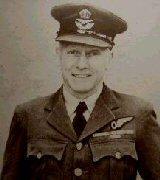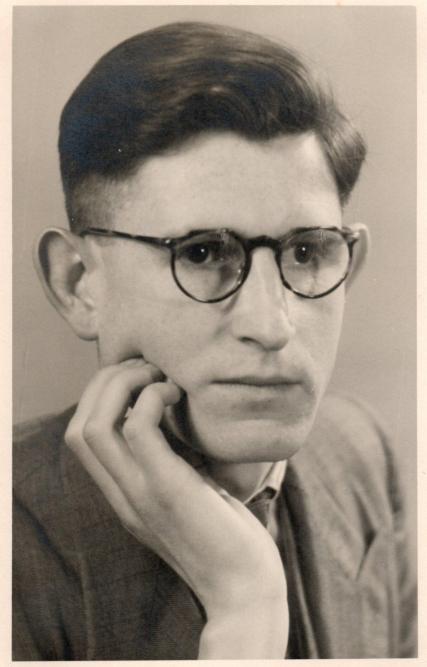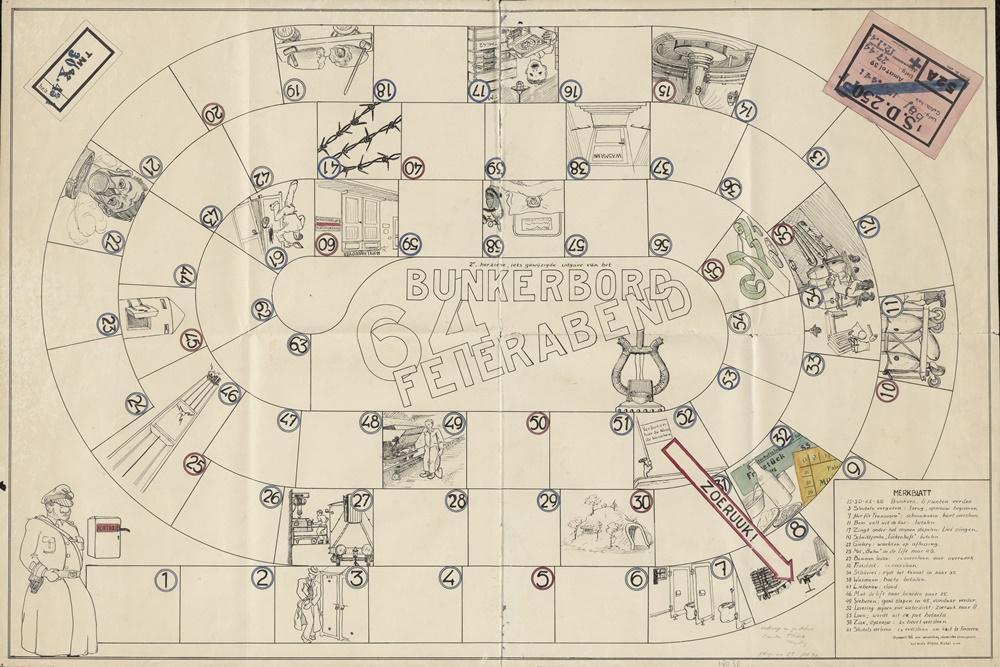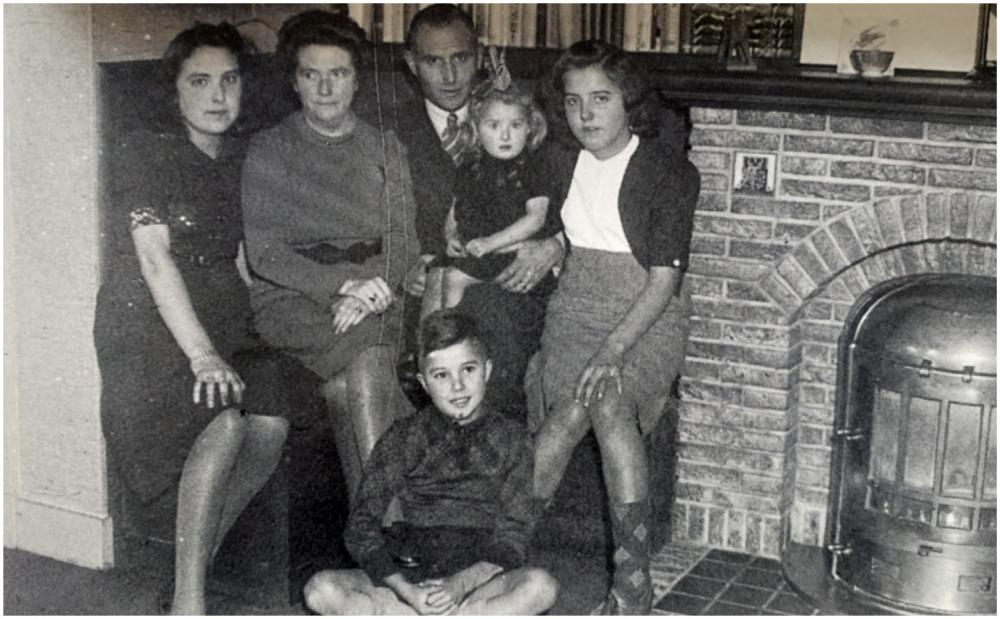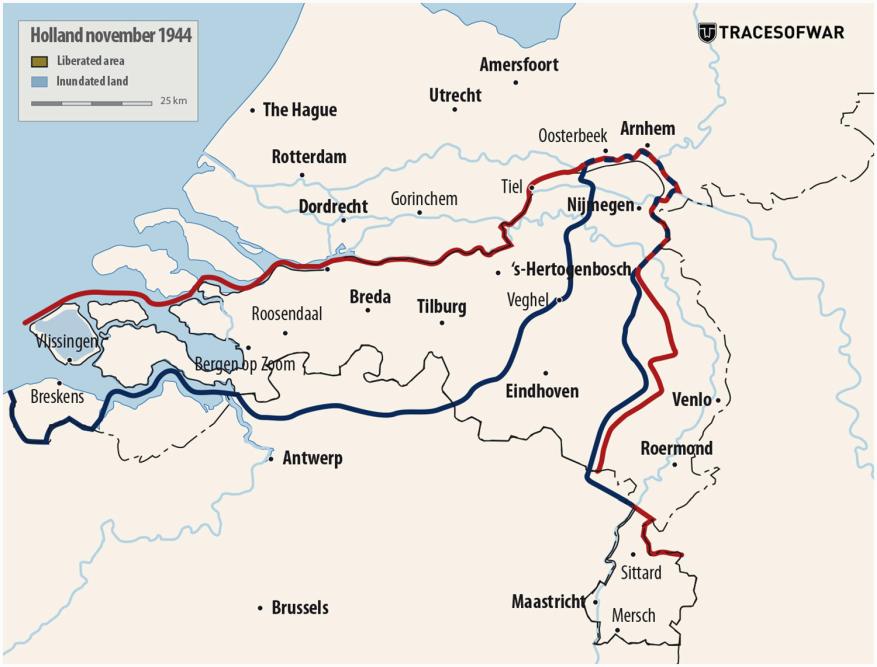Newest articles
- Article by Leo G. Lensen
- Published on October 13th, 2025
Lübeck on the Brink of Disaster – 1946
The diary of Sgt. Roy Tull (see: the experiences of Roy Tull) has been posted on the TracesOfWar website. This diary was made available to us by Barbara Tull, Roy's daughter. At the end of 1946, Roy Tull returned to England, but the work of the RAF Bomb Disposal Squad in Northern Germany was not finished.
- Article by Arnold Palthe
- Published on July 16th, 2025
Reinier Brentjes, the war diary of a Rotterdam citizen
This is the diary, kept by Reinier Brentjes (1917-1996) from Rotterdam in the period between May 10 up to August 17 1940. In a notebook he kept a daily record of what he experienced and which important events were in the news. In words and images, Reinier Brentjes shows the impact of the violence of war on the lives of common inhabitants of Rotterdam and the flexibility with which normal life was resumed soon.
- Article by Jeroen Koppes
- Published on May 5th, 2025
Carsten Thöne, Zwangsarbeiter in Herzberg
Carsten Wilhelm Thöne wurde am 17. April 1920 in Almelo geboren. Er wohnte 1939 in der Stationsstraat 18 in Tiel, wo er das Städtisches Gymnasium besuchte. Bei seiner militärischen Prüfung wurde er für tauglich befunden und zur Offiziersausbildung bei der Artillerie zugelassen. Der Militärdienst wurde um ein Jahr verschoben, was ihn vermutlich davor bewahrte, in den Maitagen des Jahres 1940 einberufen zu werden. Nach dem Gymnasium besuchte er die Technische Hochschule in Delft. Hier wurde er 1943 mit der Loyalitätserklärung konfrontiert, die er nicht unterschreiben wollte. Infolgedessen wurde er zur Zwangsarbeit nach Deutschland geschickt. Er arbeitete schließlich in einer Munitionsfabrik in Herzberg am Harz.
- Article by Jeroen Koppes
- Published on May 5th, 2025
Das Gänsespiel von Herzberg am Harz
Die 2. überarbeitete, leicht modifizierte Auflage des Bunkerspiels. So wurde dieses gezeichnete Gänsespiel genannt. Sie wurde von Carsten Thöne geschaffen, einem niederländischen Studenten, der in Deutschland arbeiten musste. Im November 1943 kam er zur Arbeit in eine Munitionsfabrik in Herzberg am Harz. Um die Abende mit seinen Mitstudenten zu verbringen, zeichnete er diese Version des Gänsespiels. Sie gibt einen interessanten Einblick in die Arbeitswelt in einer Munitionsfabrik in Mitteldeutschland. Wir werden einige der Zeichnungen und ihre Hintergründe näher beleuchten.
- Article by Sebastiaan Berends
- Published on May 4th, 2025
M.A. Bogaerts-Bechtold, the Hinthamerpark during the liberation of Den Bosch
The following text was found in a small notebook written by Mrs M.A. Bogaerts-Bechtold (born August 10, 1925 and died November 9, 2013). She resided with her parents in the Hinthamerpark in Hintham, a district of Den Bosch/ ‘s-Hertogenbosch, and spent many frightening hours in the basement of her parental home during the battle of the liberation of the city. The story takes place in the period of October 22 to 24, 1944.
- Article by Sebastiaan Berends
- Published on May 4th, 2025
M.A. Bogaerts-Bechtold, the Hinthamerpark during the liberation of Den Bosch
The following text was found in a small notebook written by Mrs M.A. Bogaerts-Bechtold (born August 10, 1925 and died November 9, 2013). She resided with her parents in the Hinthamerpark in Hintham, a district of Den Bosch/ ‘s-Hertogenbosch, and spent many frightening hours in the basement of her parental home during the battle of the liberation of the city. The story takes place in the period of October 22 to 24, 1944.
